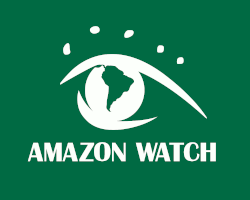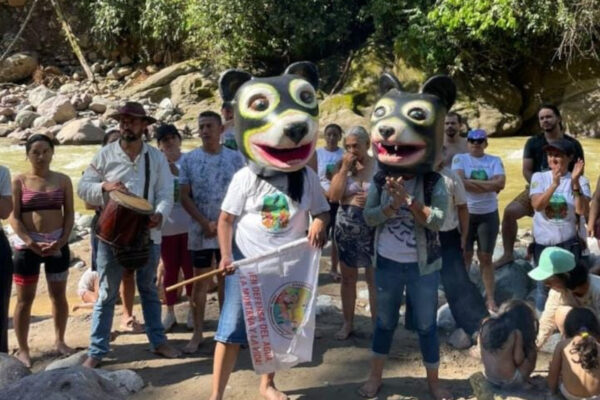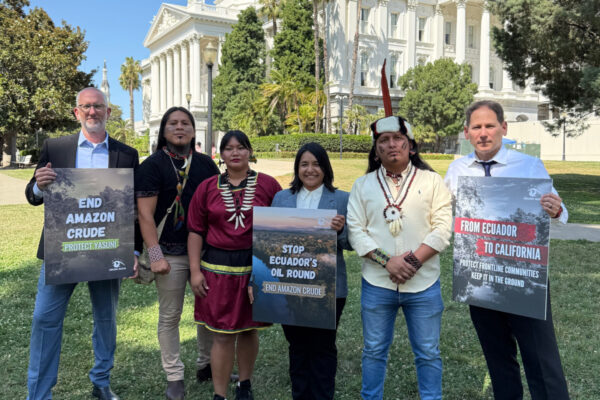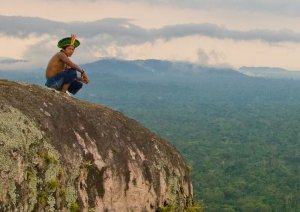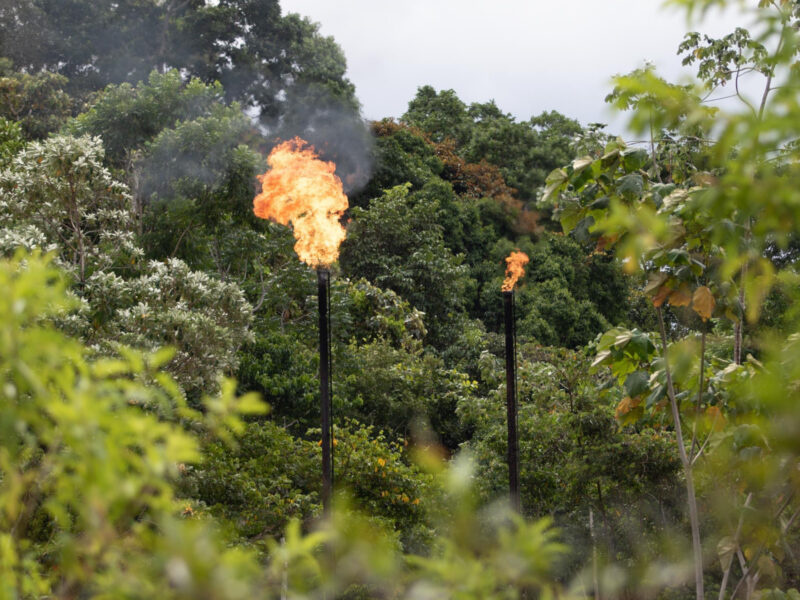Let’s start with the good news: overall deforestation in the Amazon decreased by 16% in the last year. But the Amazon is still burning, and some of the changes in patterns and intensity of the fires are particularly alarming. Forest fires have continued to increase in quantity and intensity, and while fires in Brazil continue to be a massive problem, here we intend to address the causes of the expansion of this tragedy into the Western Amazon – specifically Peru.
In 2023, fires in old growth forest areas across the Amazon increased by 152% compared to 2022. In Brazil, this situation worsened in 2024, when more than 53,000 fires were recorded through August – an 80% increase from the same period in 2023.
This is how climate change operates: the warming climate is causing more frequent droughts, which dry out the forest, leading to deeper and more widespread fires – further intensifying climate change. It’s a destructive feedback loop. The Amazon rainforest, once constantly shrouded in mist, now faces increasingly prolonged droughts, along with ongoing deforestation. While we may seem to be slowing the rate of deforestation, the damage already done increases the forest’s flammability due to “fragmentation.” The vast, continuous green expanse of the Amazon is starting to resemble an archipelago more and more.
Permanently protecting the territories of Indigenous and traditional peoples is the solution to stopping this feedback loop and rescuing the Amazon from death by fire. Since 1996, Amazon Watch has stood with our Indigenous allies throughout the Amazon rainforest to break this destructive cycle. The massive fire season in 2019 was a clear and urgent alarm that immediate action was needed to stop deforestation. In response we stepped up support for our partners’ efforts to block roads, cattle ranching, industrial agriculture, oil extraction and both “legal” and illegal mining and logging. Most importantly, we backed their efforts to protect and defend their ancestral territories.
As a result, deforestation has indeed gone down since then. And yet the data from 2024 is clear and alarming: fires in the Amazon have surged dramatically in the last two years, driven primarily by extreme climate change, agro-industrial expansion, and illegal activities such as drug trafficking and illegal mining. The areas at risk now stretch across the entire Amazon, spanning thousands of kilometers.
Previously, forest fires were a significant issue only in the Brazilian and Bolivian Amazon, but they have now spread to the Peruvian Amazon. This year, they have reached unprecedented levels, with over 1,800 forest fire alerts recorded – something never before seen in Peru.
In 2023, for the first time since records began, 70% of the fires in Peru occurred in its Amazon regions, affecting more than 87 Indigenous territories. The crisis is existential and demands a dedicated, unified response. That is our mission: to stop Amazon deforestation and advance reforestation efforts. This can only be achieved by directly supporting Indigenous organizations, which have intensified their monitoring and prevention efforts. Organizations like Amazon Watch must work in solidarity to support these groups and help coordinate efforts across the region to address the root causes and connect those working to prevent further destruction. This is precisely how our Amazon Defenders Fund operates.
Collaboration with Indigenous organizations is the most effective and just approach to curbing deforestation and protecting the Amazonian ecosystems for the benefit of all. Let’s be clear: this crisis not only threatens the Amazon’s biodiversity but also the lives and livelihoods of local communities, putting the future of one of the planet’s most critical ecosystems at serious risk.
